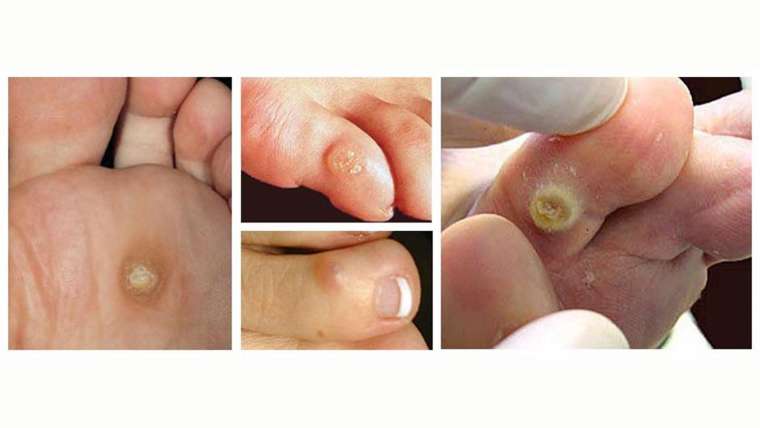How do blisters occur?
Blisters are painful, fluid-filled lesions, often caused by friction and pressure between the shoes and the feet. The most common cause is repeated rubbing from ill-fitting footwear and socks, and excessive moisture between the foot and the sock. Abnormal gait and foot or toe deformities can also cause blisters. They can be very painful, characterised by a burning sensation with fluid-filled lesions produced by friction and pressure.
What can I do in order to avoid blisters?
- Keep your feet clean and dry, and wear sandals or comfortable shoes of the correct size.
- Wear comfortable, good-fitting footwear, especially on long walks or runs. Avoid wearing new shoes at times where you know that you will be standing or walking for a long time.
- Wear good walking socks in the right size, look for ones made of fibres with good ‘wicking’ properties. Try wearing socks inside out to prevent the seams rubbing. Change your socks daily.
- Keep your toenails trim.
- If your feet get very sweaty, your podiatrist can give you advice on how to deal with this.
- Check the inside of your shoes on a daily basis. Remove any foreign bodies from your shoes.
- Ensure that the tongue and laces of your shoes are arranged correctly.
- If you are an athlete:
- Pick out the right shoes. Choose a size larger than your real foot size.
- Wear special ‘dual layer’ socks. The inner layer moves with the foot, the outer with the shoe – eliminating friction at the skin surface. Ensure you – change to a fresh pair after they become damp.
- Use silicone pads on sensitive parts of the feet.
- If you get blisters very often, your podiatrist could evaluate your gait and determine if there is a need to use orthotics.
- Use foot powder to decrease friction.
- Check your feet carefully and regularly for any signs of rubbing and tenderness. If you find such signs, then immediately cover the surface with a bandage or plaster. Consult your podiatrist for more information.
What should I do if a blister has developed?
- If a blister develops, cover it and oversee its healing. In healthy individuals, a blister could take about seven days to heal. If something worries you, visit your podiatrist.
- If you suffer from diabetes or circulatory problems, it is very important to check the healing of the blister on a daily basis, as it can quickly become infected and create a diabetic ulcer which will not be healing. If you notice a color change of the skin surrounding the blister, excessive pain or anything that concerns you, visit your podiatrist. Use an antiseptic ointment or spray and keep the blister covered throughout the day. Wear comfortable shoes that do not press on the feet.
- Do not break blisters or remove the skin covering them, as this will delay the healing process and will make the skin more prone to infection.




